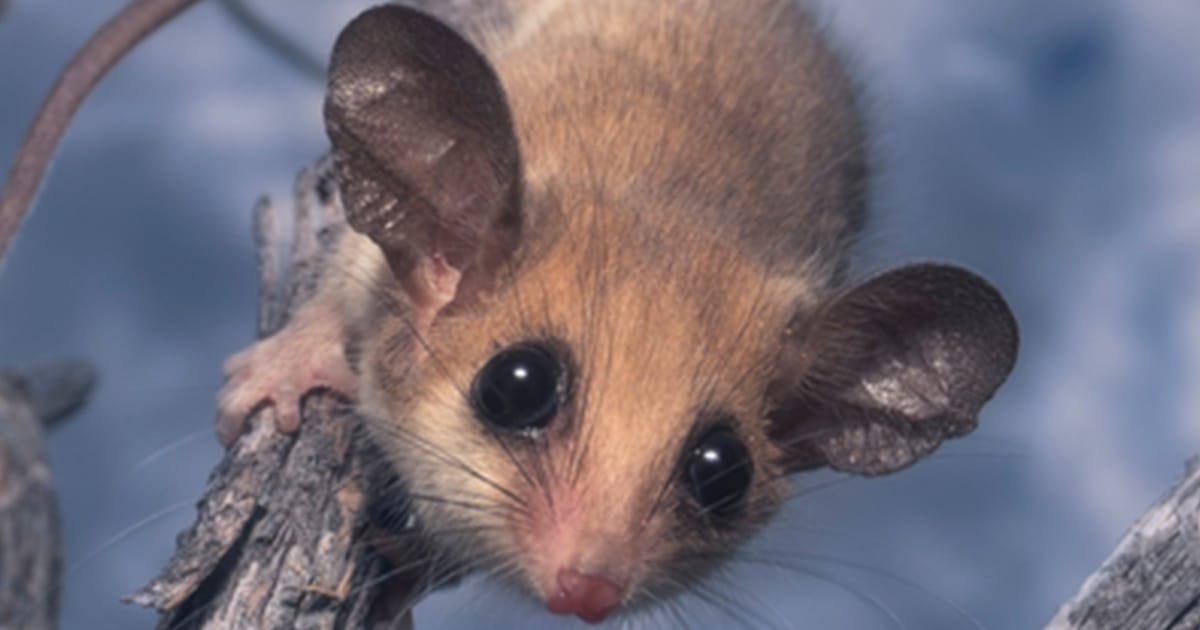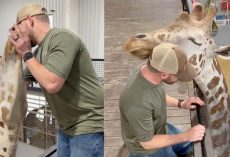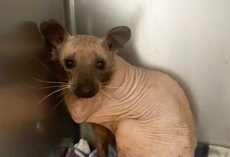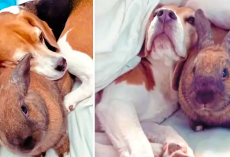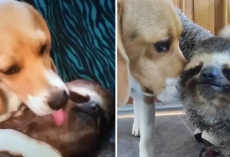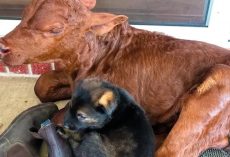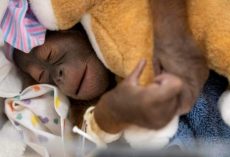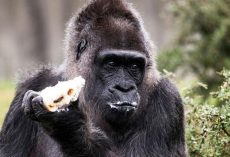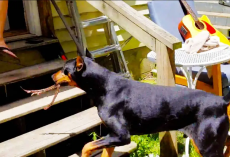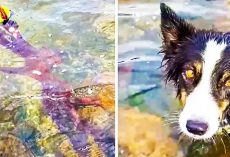The world is teeming with unique animals, many of which inhabit Australia.
While residents of the country are naturally familiar with its rich fauna, even a trained eye can struggle to discern one creature from another.
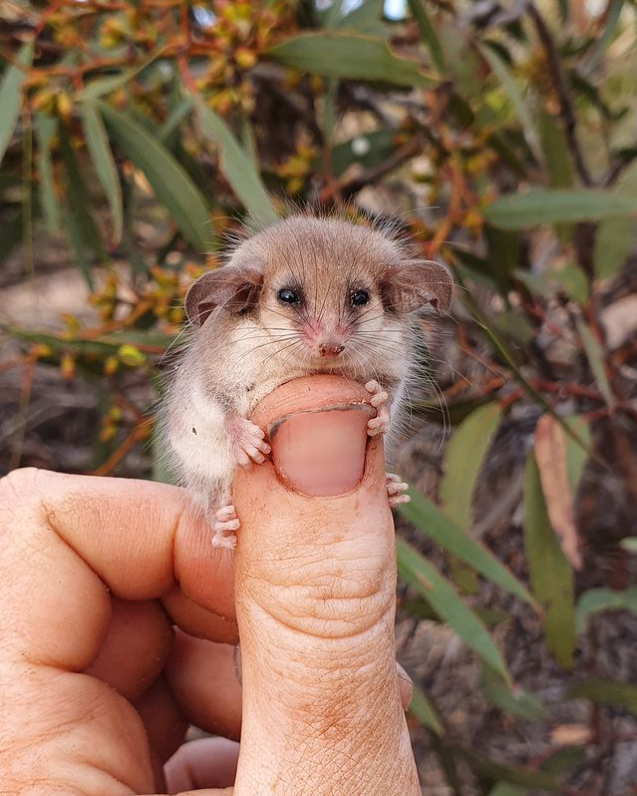
During an annual fauna survey by the Australian Wildlife Conservancy’s Dakalanta Wildlife Sanctuary, a research volunteer stumbled upon a tiny animal, confusing even her. It was smaller than her own thumb and looked kind of strange.
The volunteer took the little furry creature to Dr. Alexandra Ross, senior wildlife ecologist at the Australian Wildlife Conservancy.
“[She] yelled out that she had a ‘sleepy mouse’ in her trap,” Australian Wildlife Conservancy senior wildlife ecologist Dr. Alexandra Ross told The Dodo.
Fortunately, Ross was an experienced ecologist and quickly realized that her colleague had captured something truly spectacular.
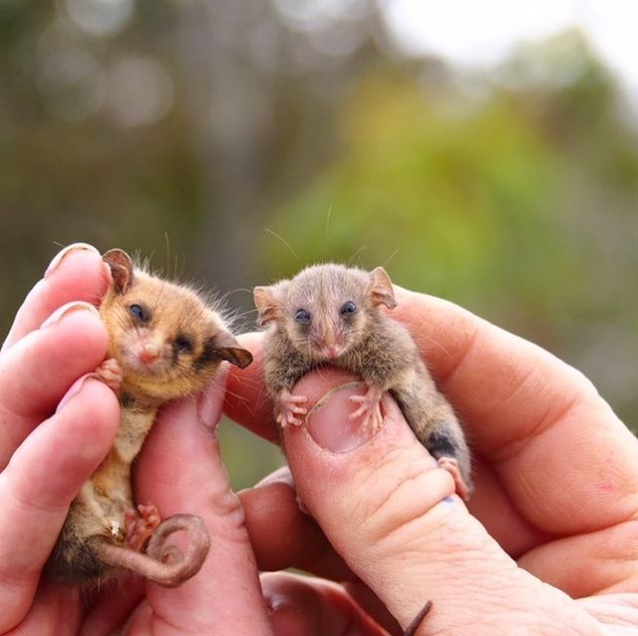
“When the volunteer brought the ‘sleepy mouse’ over and I got a glimpse of the ears, I knew exactly what she had found,” Ross told The Dodo. “The whole team was ecstatic to see their first western pygmy possum.”
Western pygmy possums are special for several reasons. Firstly, they are one of the smallest possum species in the world, with adults typically weighing less than an ounce.
Despite their diminutive size, they possess remarkable adaptations, including a prehensile tail that aids in climbing and balancing. Additionally, these nocturnal marsupials play a crucial role in their ecosystems as pollinators and seed dispersers. Adults typically measure between 70 and 100 millimeters in head-body length, with tails ranging from 70 to 90 millimeters long. Their weight typically falls between 8 and 18 grams.
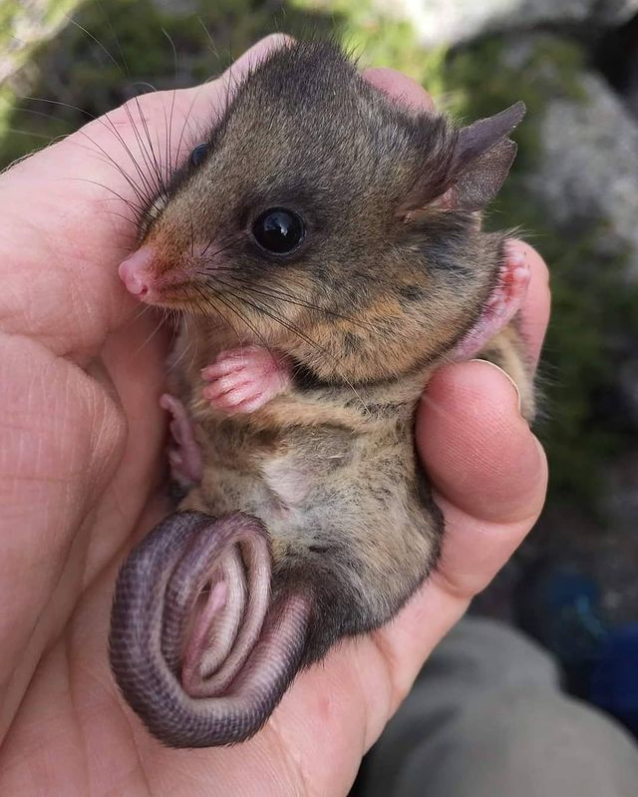
Unfortunately, the species is somewhat threatened following a record-breaking drought in the Dakalanta region between 2018 and 2019. As a result, populations of native animals, including the pygmy possums, started to decline.
During the survey, researchers had low expectations of finding this unique animal. However, it turned out to be quite the opposite of what they anticipated. By the end of the day, Ross and the team had discovered six possums, a figure they described as somewhat unbelievable.
Upon completing the entire survey, the team was able to confirm that they had found 29 western pygmy possums in the area, which is certainly very promising.
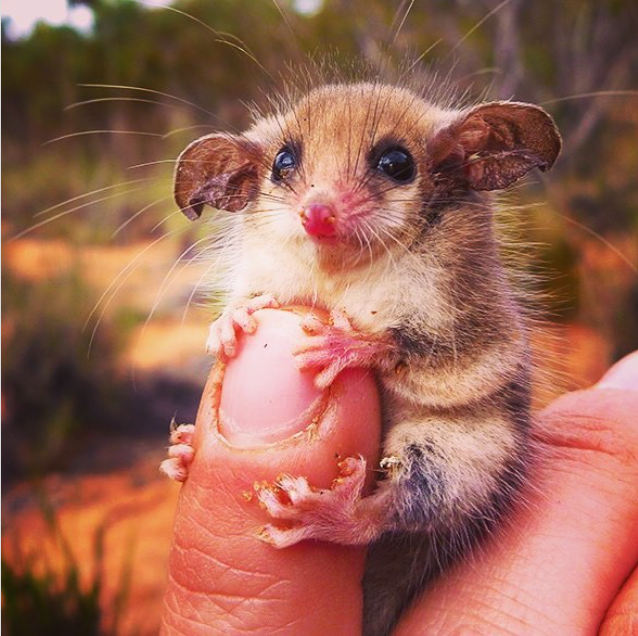
Australia’s nature faces pressure due to a variety of factors, including habitat destruction, climate change, invasive species, pollution, and human activities such as urbanization and agriculture. Deforestation, land clearing for development, and logging threaten the habitats of numerous native species, leading to loss of biodiversity.
The discovery of these small creatures is one of the positive signals that fills me with great joy. Despite significant changes, these resilient possums have managed to persevere. For Ross, their adaptability is truly remarkable.
“I am always thrilled to see signs of our species being resilient,” Ross explains.
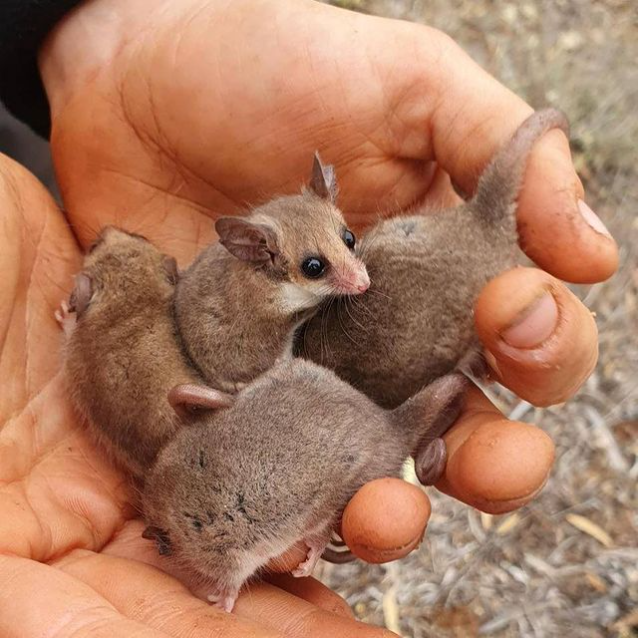
In conclusion, the remarkable resilience and adaptability of these Western pygmy possums offer a glimmer of hope amid environmental challenges.
As we continue to navigate a changing world, may we draw inspiration from these small yet mighty creatures and work together to protect and preserve our natural heritage for future generations.

